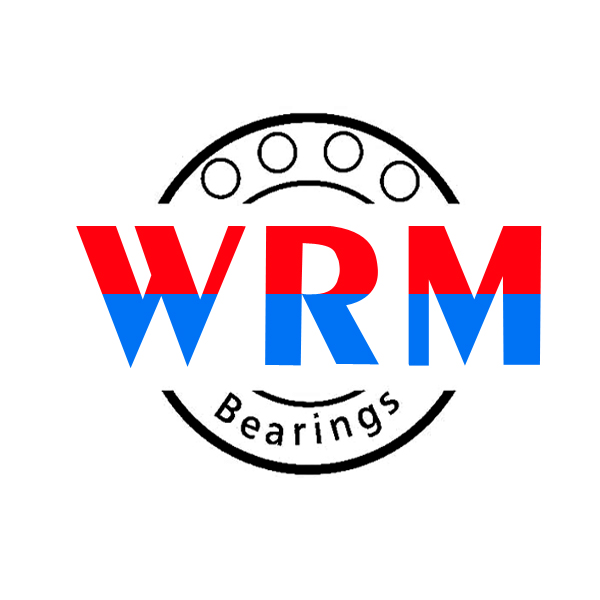1. Determine the application: Consider the type of equipment or machinery the bearing will be used in. This will help you determine the size and type of bearing needed.
2. Calculate the load capacity: Determine the amount of weight the bearing will need to support. This will help you determine the load capacity required for the bearing.
3. Determine the speed: Consider the speed at which the bearing will be operating. This will help you determine the type of bearing needed, such as a deep groove ball bearing for high-speed applications.
4. Consider the environment: Consider the temperature, humidity, and other environmental factors that the bearing will be exposed to. This will help you determine the type of bearing material needed, such as stainless steel or ceramic bearings for harsh environments.
5. Consult with a bearing supplier: Consult with a bearing supplier or manufacturer to ensure that you are choosing the right bearing for your application. They can provide you with technical support and recommendations based on your specific needs.
By following these steps, you can choose the right bearings for your application, ensuring optimal performance and longevity.
Post time:2022-10-13

